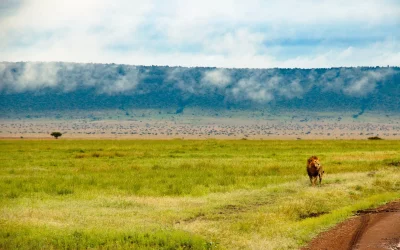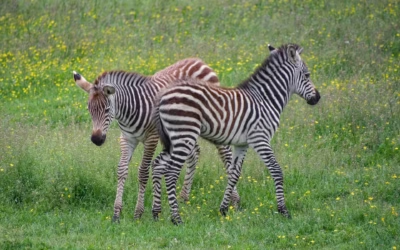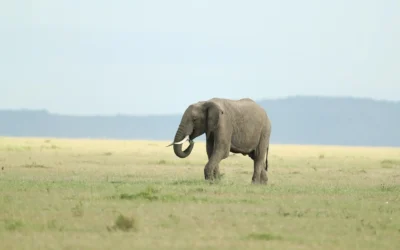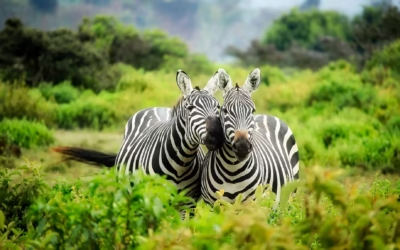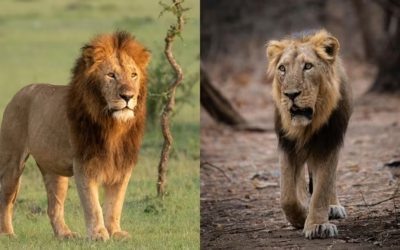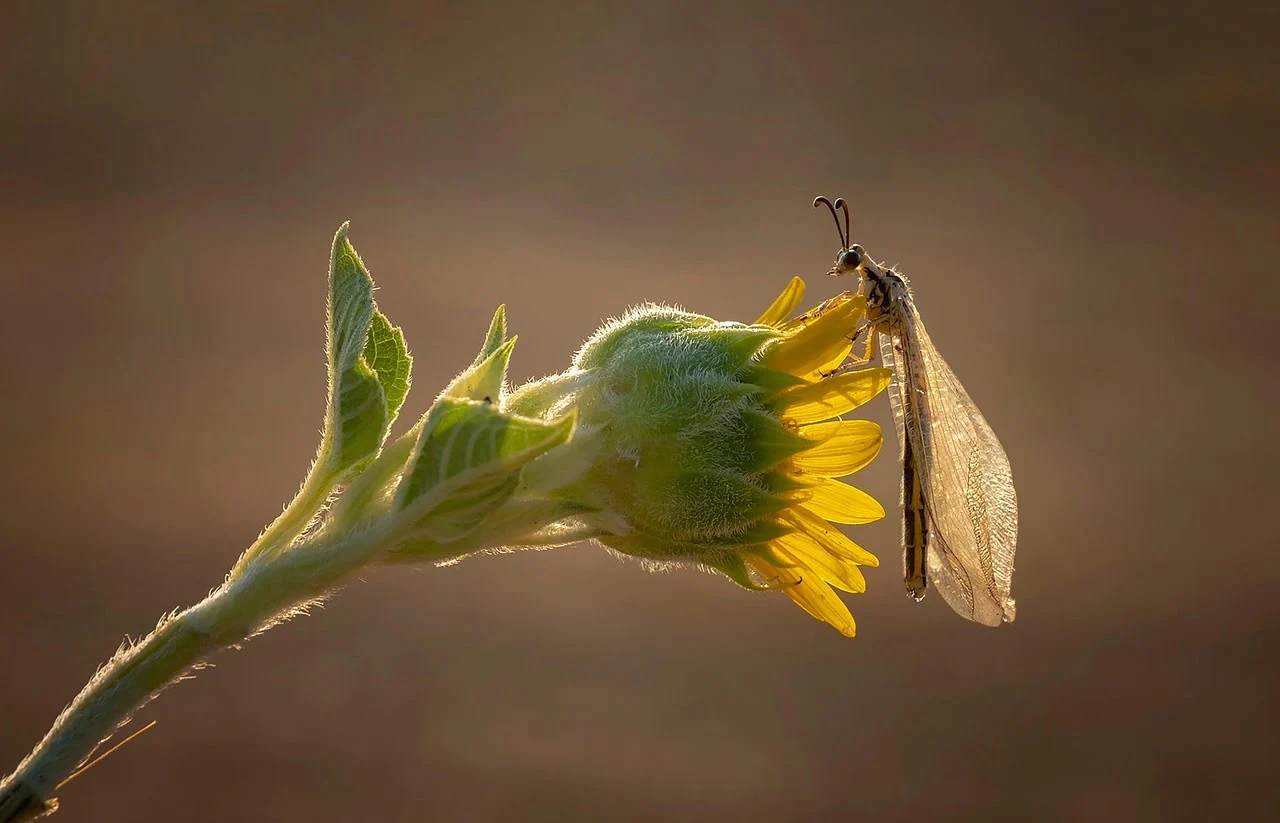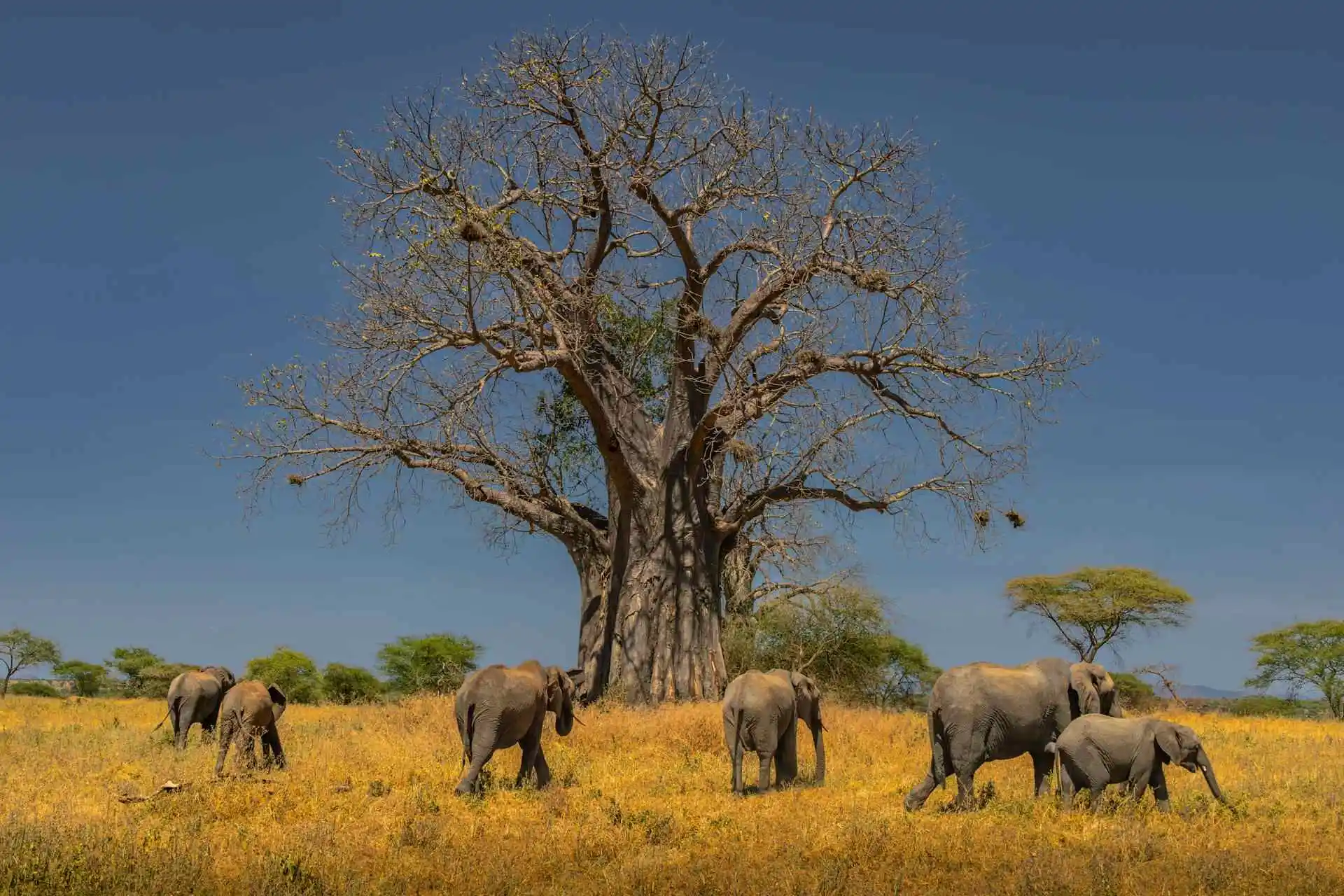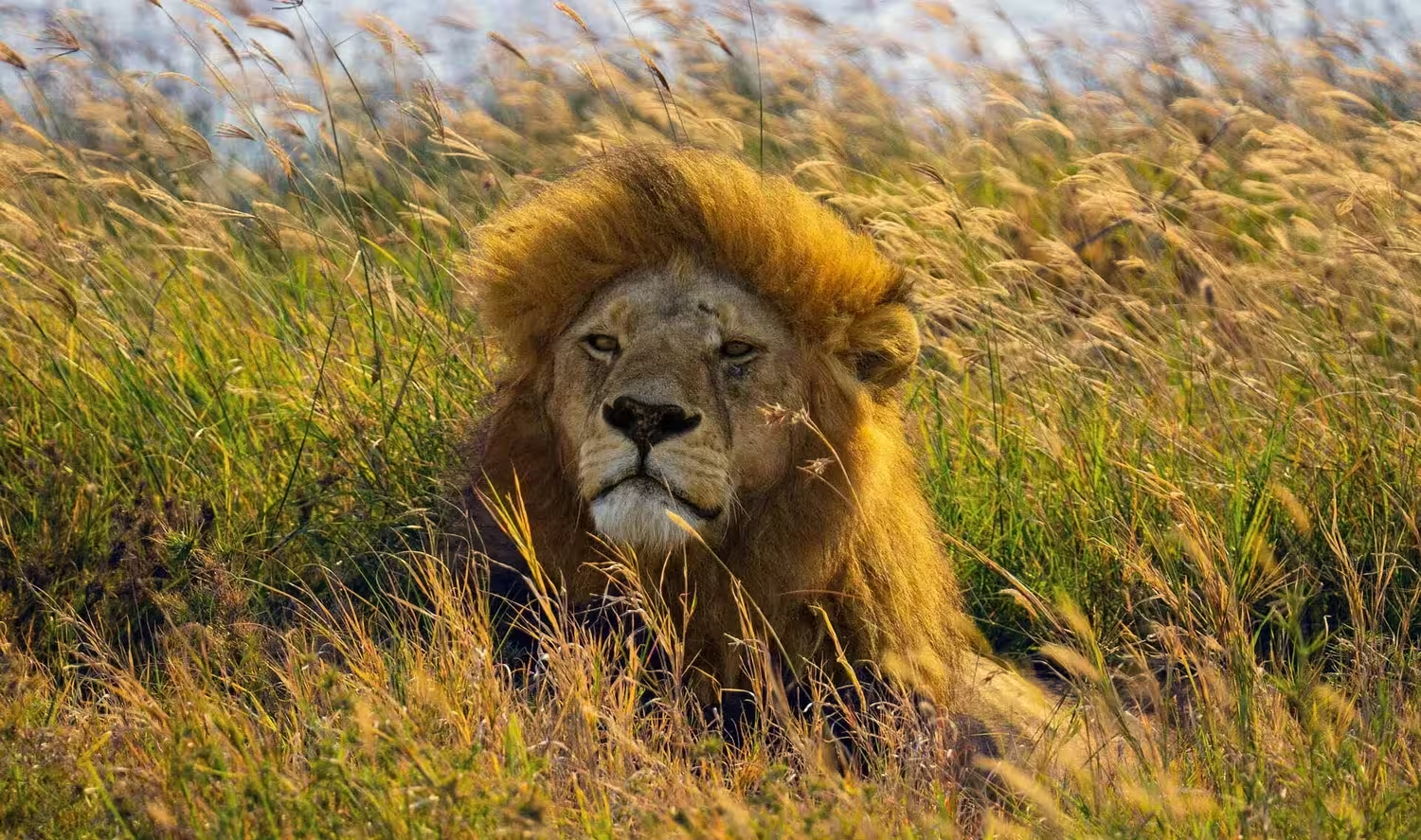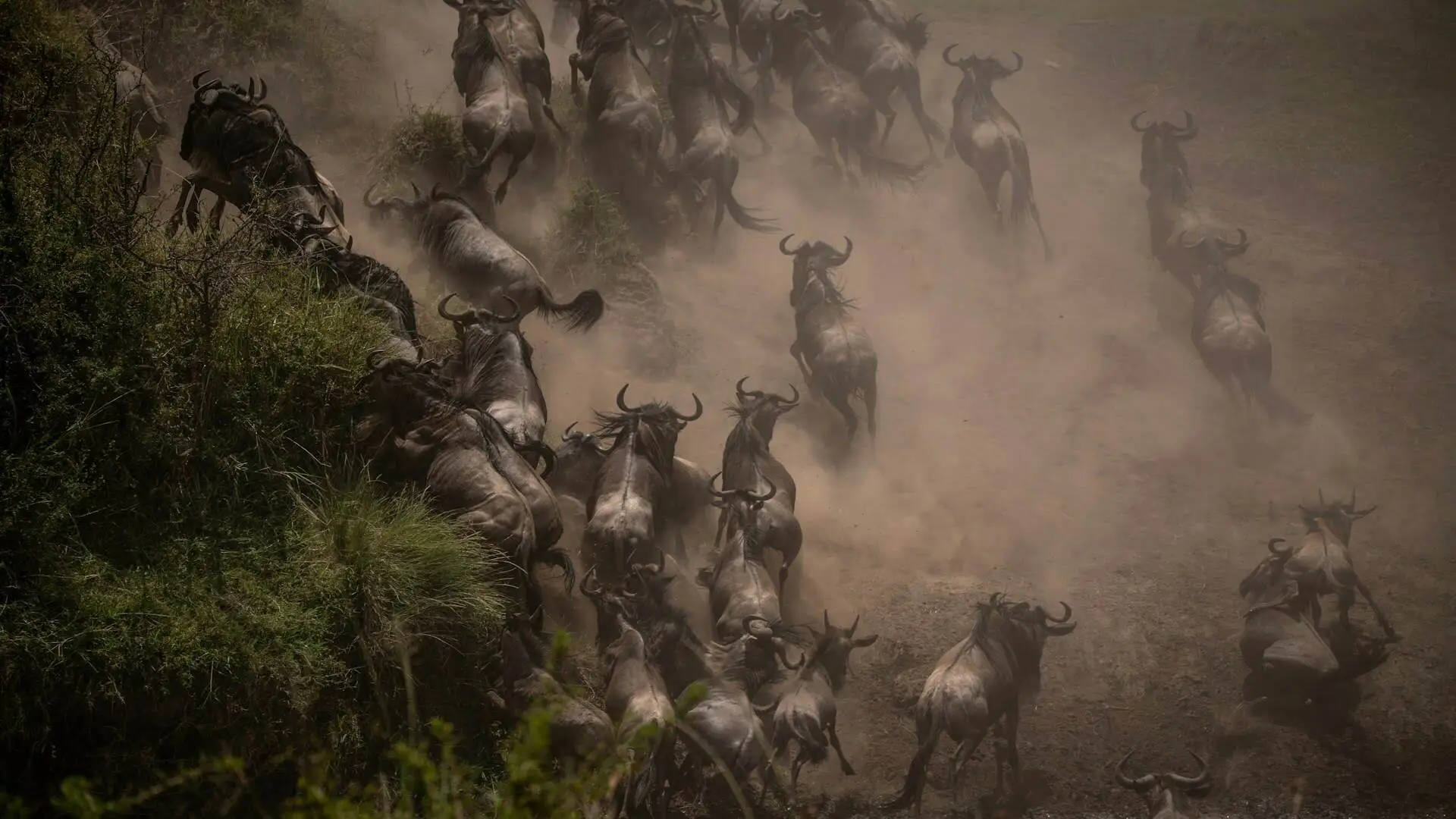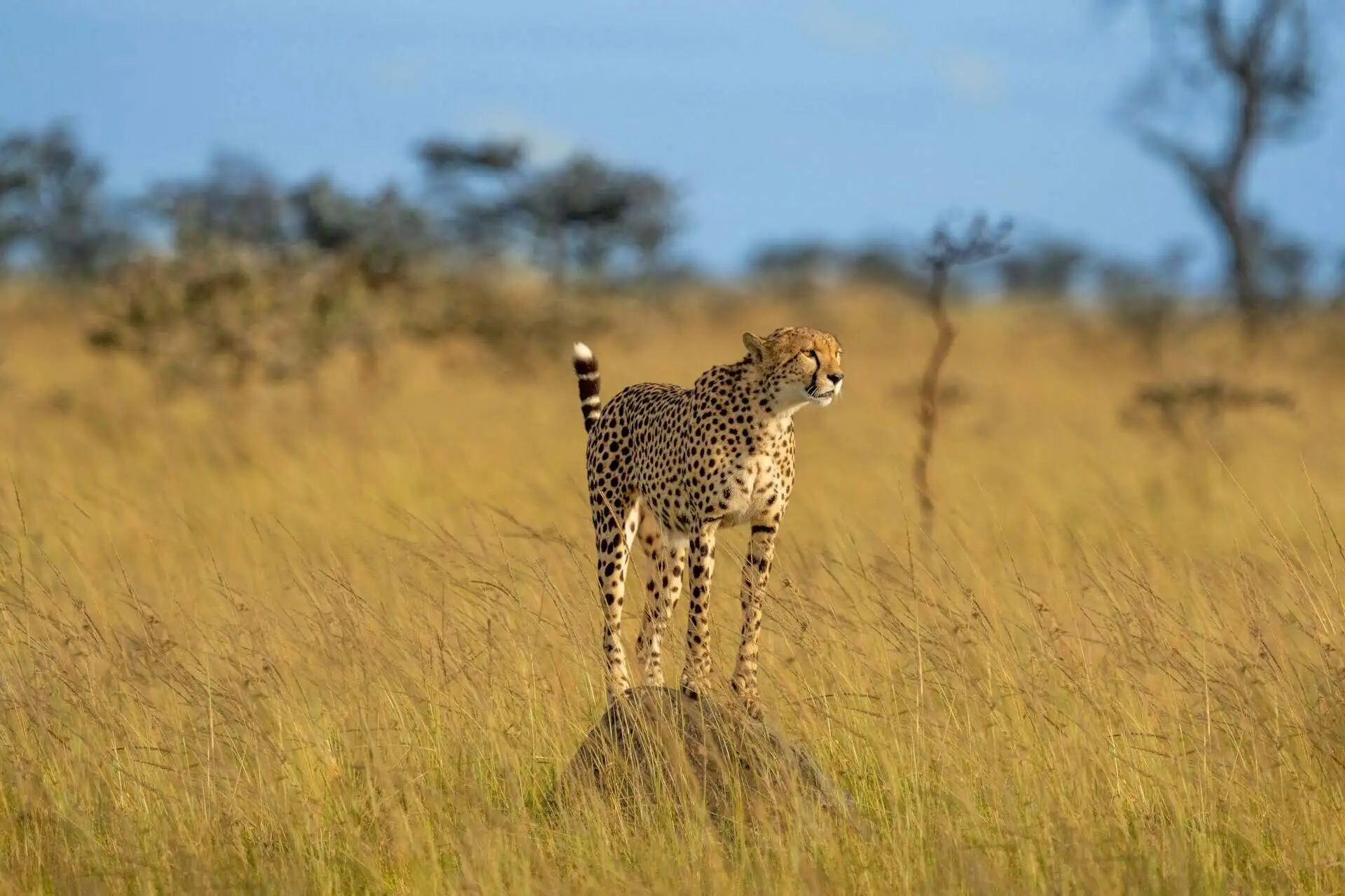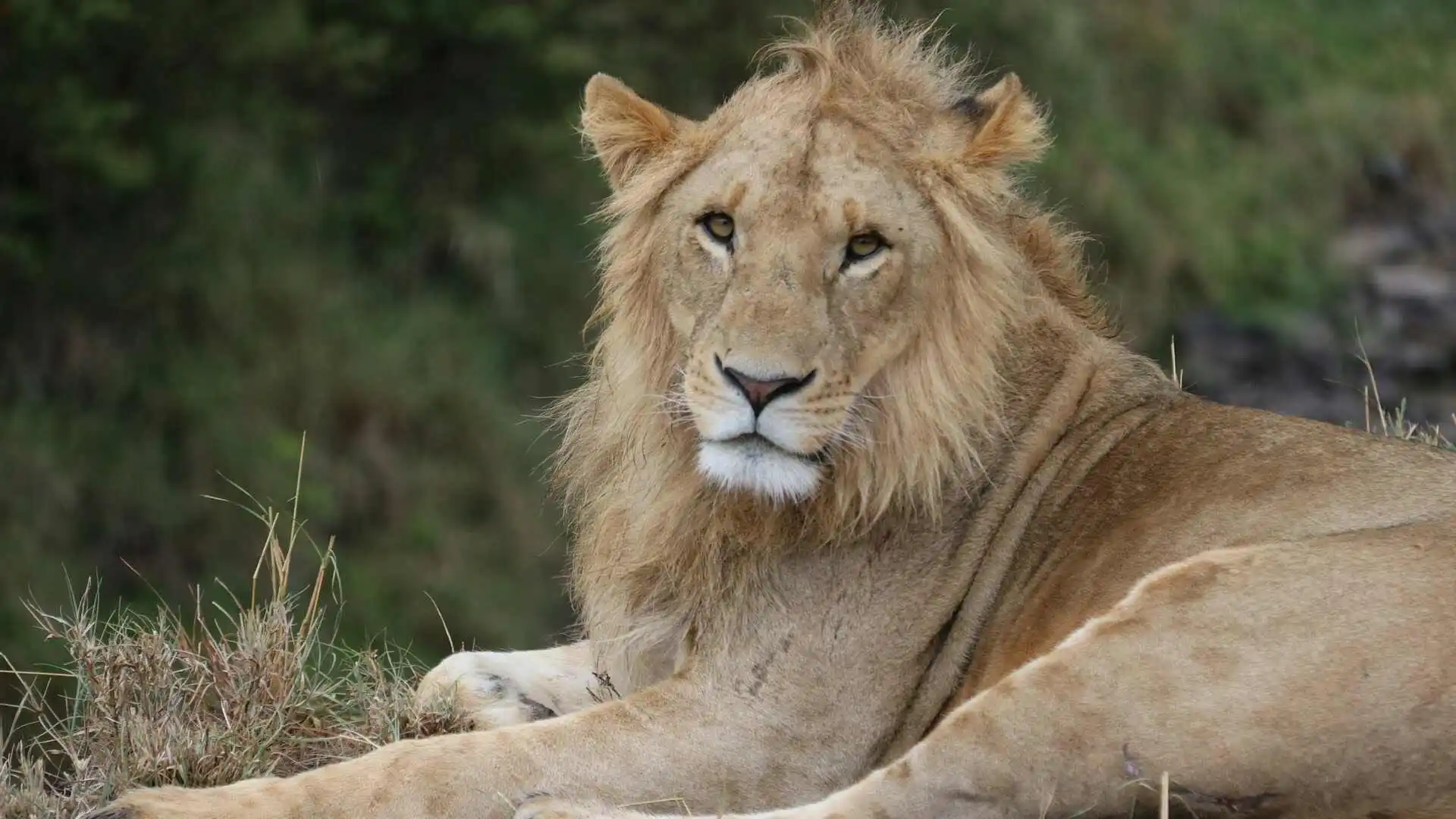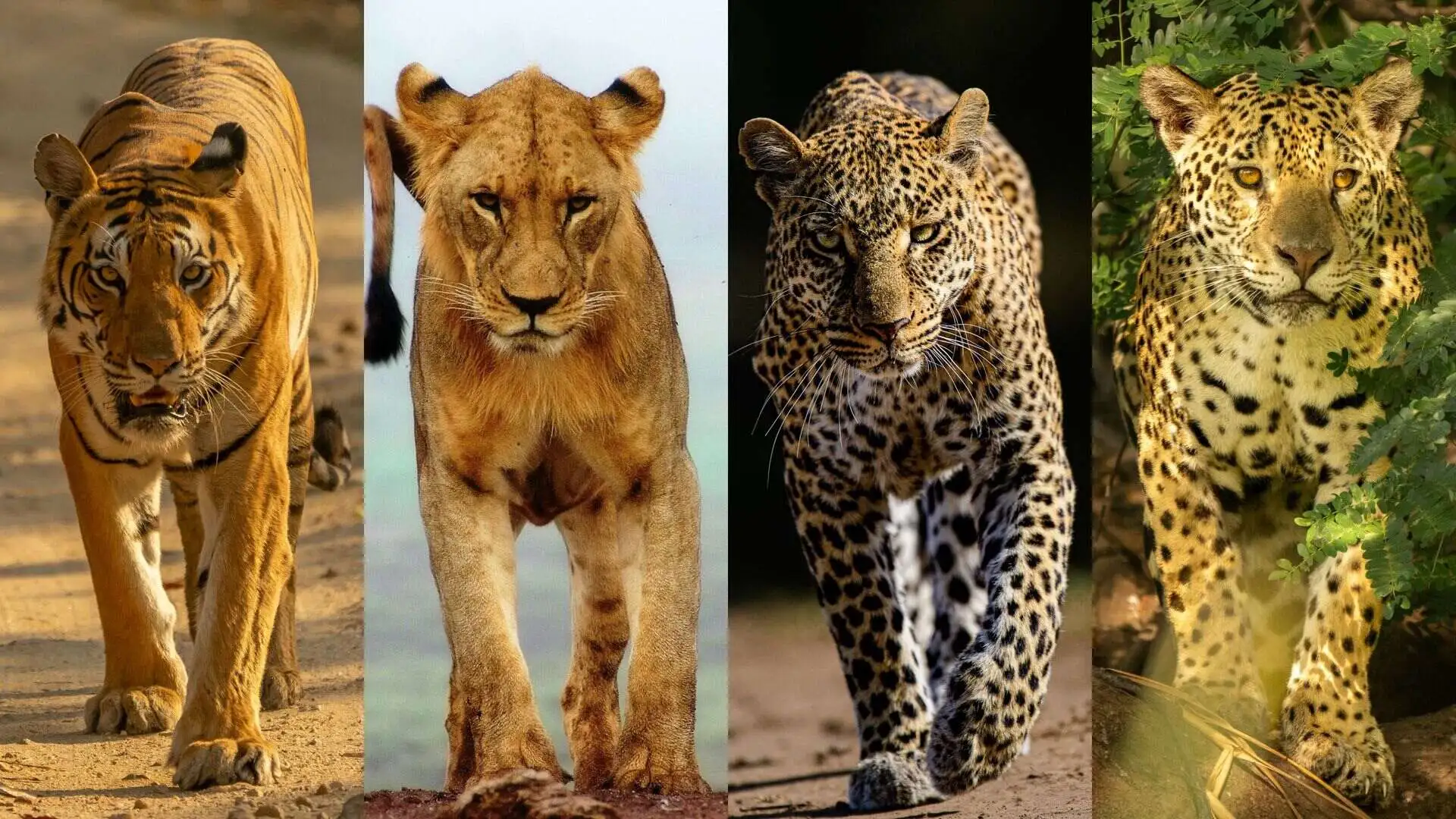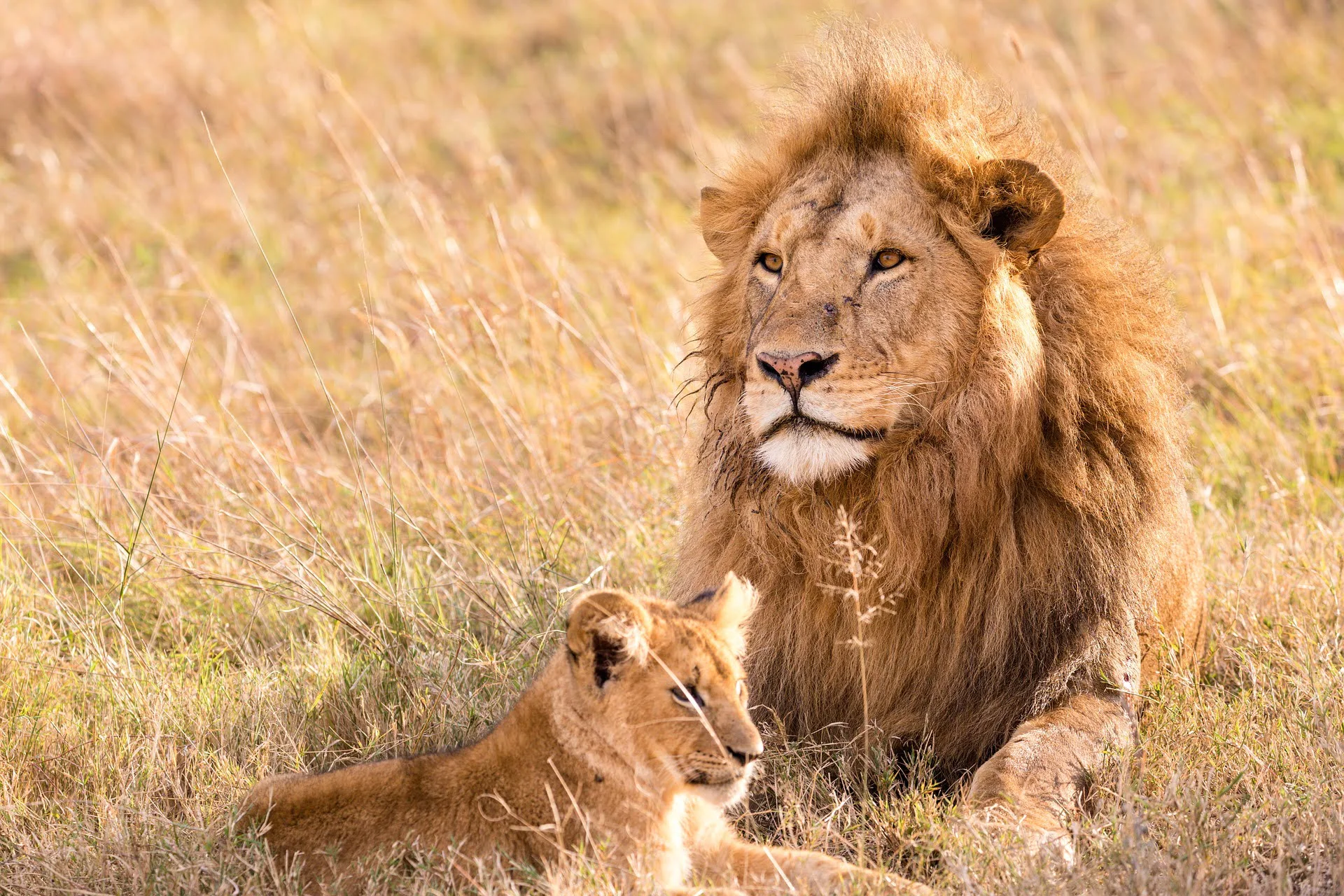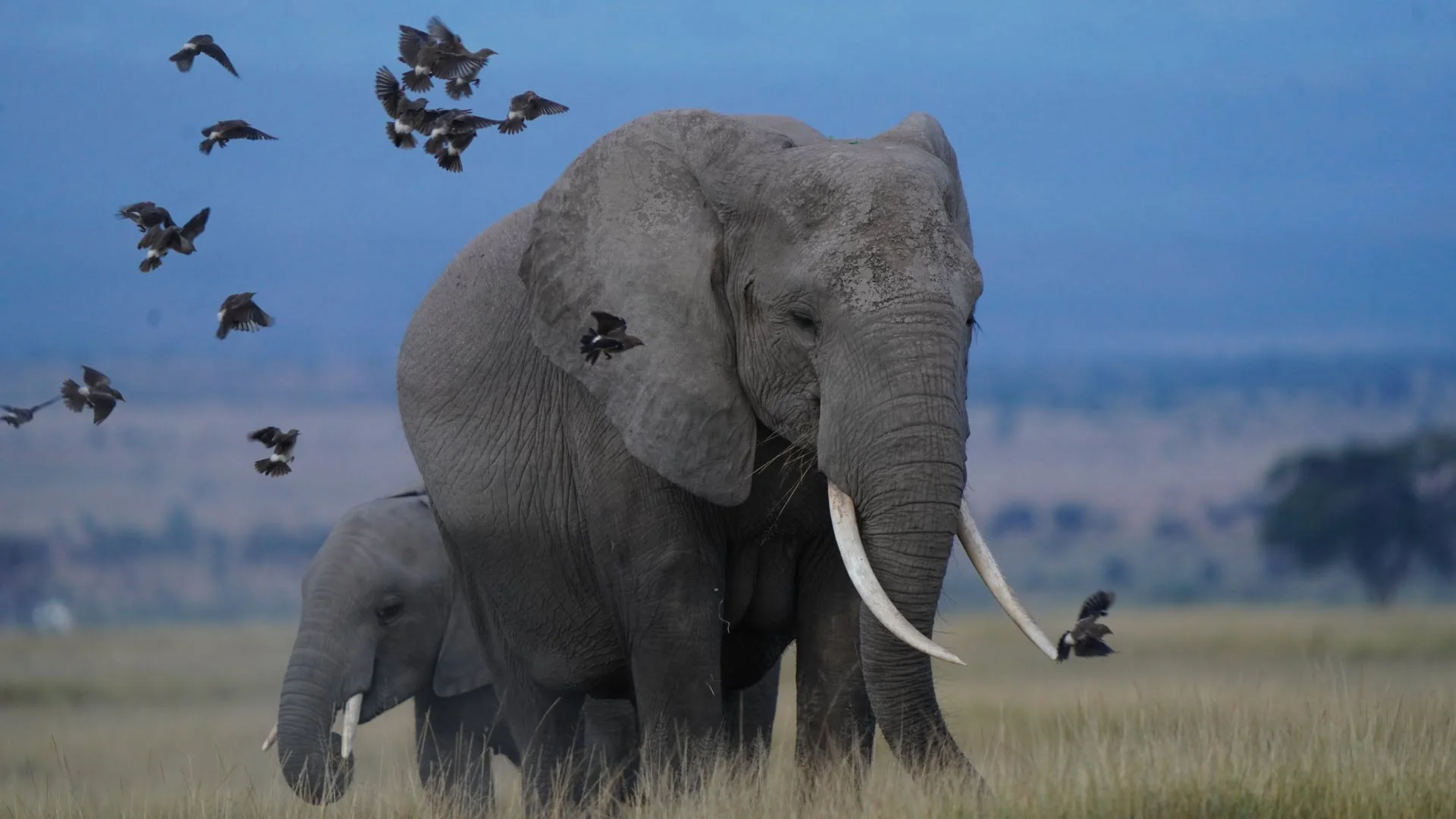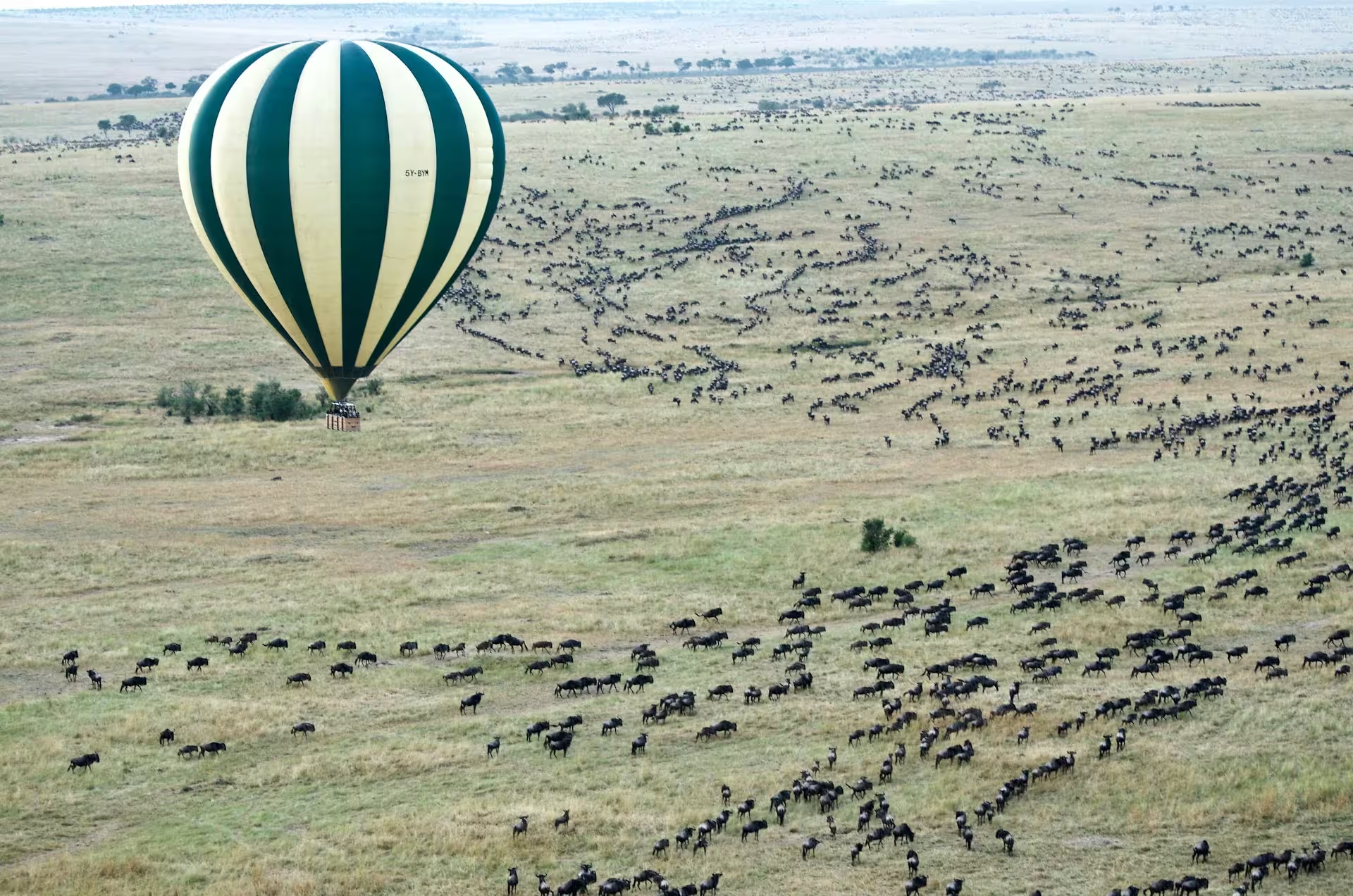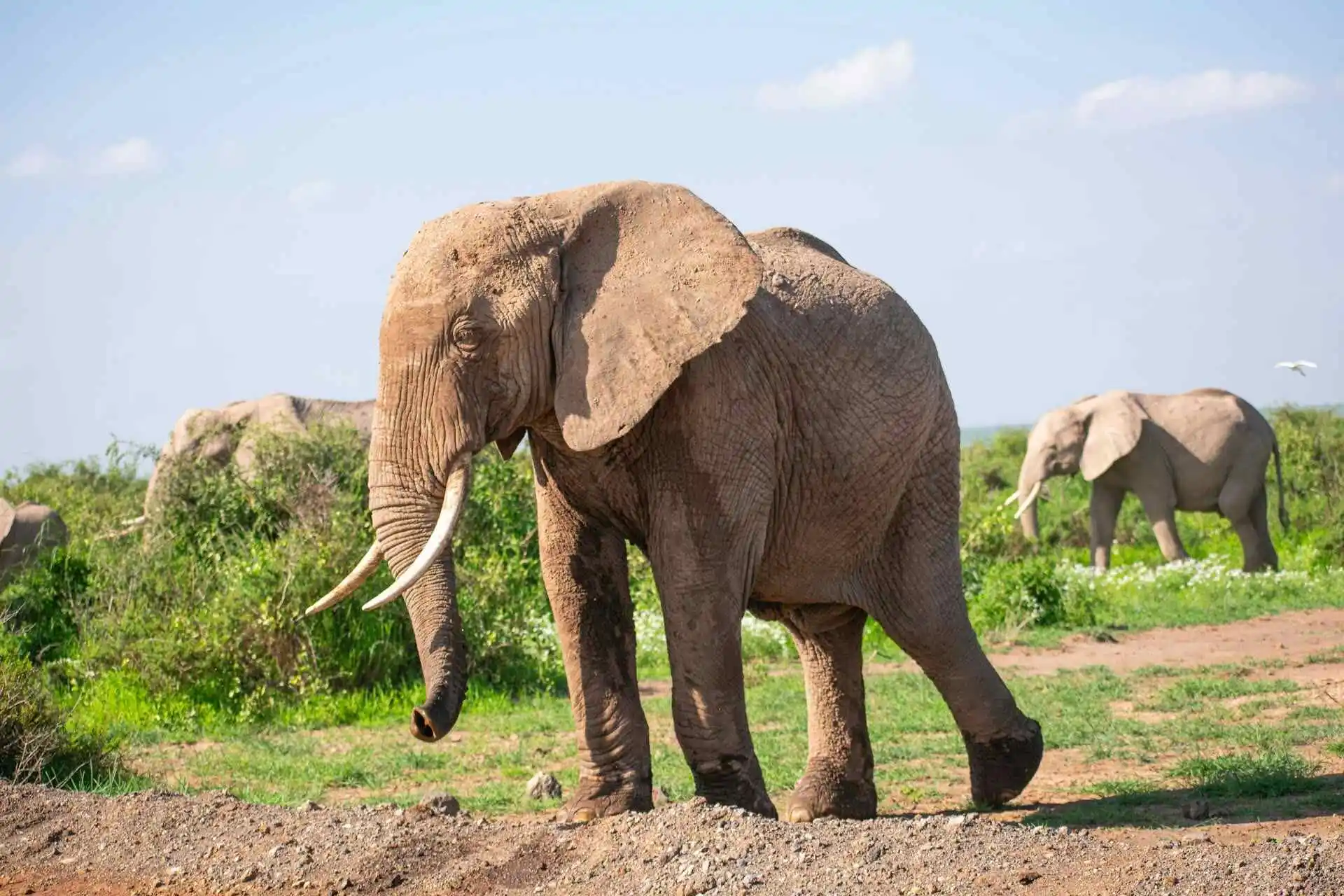Few safari experiences match the thrill of spotting a leopard in the wild. These elusive big cats blend perfectly with their surroundings, making them the most challenging of the “Big Five” to find. Yet it’s their secretive nature that makes leopard sightings so rewarding. While leopards exist throughout much of Africa, some destinations offer significantly better chances of quality sightings.
Understanding Leopard Behavior and Viewing
Leopards are solitary, primarily nocturnal hunters who rely on stealth and camouflage. Their rosette-patterned coats help them disappear in dappled light. They typically hunt at dawn and dusk, spending daylight hours resting in trees or dense vegetation.
The best leopard viewing happens either when they’re active around sunrise and sunset, or when they’re resting in trees during midday heat. Experienced guides know to look up – scanning trees near waterholes or along riverbanks where leopards often stash kills away from other predators.
Read More About African Leopard

Top Destinations for Leopard Viewing in Africa
1. Sabi Sands Game Reserve, South Africa
This private reserve bordering Kruger National Park offers the world’s most reliable leopard viewing. Generations of leopards have grown accustomed to vehicles, allowing for intimate sightings and extraordinary photography opportunities.
What makes it special: Habituated leopard populations that remain relaxed around vehicles, allowing close-up viewing of natural behaviors including hunting, mating, and cubs learning survival skills.
Population: Estimated 30-40 adult leopards across the reserve’s various properties, with several well-documented family lineages followed for generations.
Conservation: Private reserve management with strict visitor regulations and vehicle limits. The Panthera Leopard Project conducts ongoing research here, tracking population dynamics and movements across boundaries.
Best time to visit: Year-round, though May to September (dry season) offers clearer visibility through thinner vegetation.
2. South Luangwa National Park, Zambia
Known as the “Valley of the Leopard,” South Luangwa offers exceptional leopard density and visibility. The park’s meandering river with large ebony trees creates perfect leopard habitat.
What makes it special: Combination of walking safaris and night drives permitted, dramatically increasing leopard encounter opportunities not available in many other parks.
Population: One of Africa’s highest leopard densities, with research indicating approximately 9-10 leopards per 100 km².
Conservation: The Zambian Carnivore Programme monitors leopard populations and threats. The government’s Community-Based Natural Resource Management program works to reduce human-wildlife conflict in surrounding areas.
Best time to visit: June to October offers peak visibility, though green season (November-April) provides lush backgrounds for photography.
3. Moremi Game Reserve, Botswana
The Okavango Delta’s premier predator-viewing destination features diverse habitats perfect for leopards. The mosaic of islands, floodplains, and forests creates ideal hunting grounds.
What makes it special: Water and land environments side by side, allowing leopards to specialize in both terrestrial and semi-aquatic prey, with sightings possible both from vehicles and boats.
Population: Healthy but unquantified population, with highest densities around Khwai and Chief’s Island areas.
Conservation: Protected under Botswana’s strict wildlife conservation laws with heavy penalties for poaching. The Botswana Predator Conservation Trust conducts ongoing research into leopard territories and movements.
Best time to visit: July to October when water levels concentrate game on islands and along channels.
4. Londolozi Game Reserve, South Africa
Part of the Sabi Sands, Londolozi deserves special mention for its extraordinary leopard viewing history and famously documented leopard dynasties spanning generations.
What makes it special: Four decades of leopard habituation and documentation, with genealogies of leopard families tracked through generations, allowing guests to follow life stories of individual cats.
Population: Approximately 12-15 territorial adults within the reserve’s boundaries, with well-documented lineages.
Conservation: Pioneering camera tracking systems and identification methods. Their Leopard Research Project has created one of the most comprehensive leopard databases in Africa.
Best time to visit: Year-round sightings, with May to September offering clearer viewing conditions.
5. Masai Mara National Reserve, Kenya
While Masai Mara known primarily for its lion populations, the Mara offers excellent leopard viewing, particularly along the tree-lined rivers and in rocky outcrops called kopjes.
What makes it special: Dramatic sightings with leopards often seen dragging kills up yellow fever acacia trees, especially along the Talek and Mara Rivers.
Population: Estimated 60-70 leopards throughout the greater Mara ecosystem, though densities vary by area.
Conservation: Kenya Wildlife Service anti-poaching efforts combined with conservancy models where communities receive benefits from tourism. The Mara Predator Conservation Programme monitors leopard populations.
Best time to visit: January-March and June-October, avoiding the heavy November-December rains.
Recommended Package: Big Five of Kenya Safari
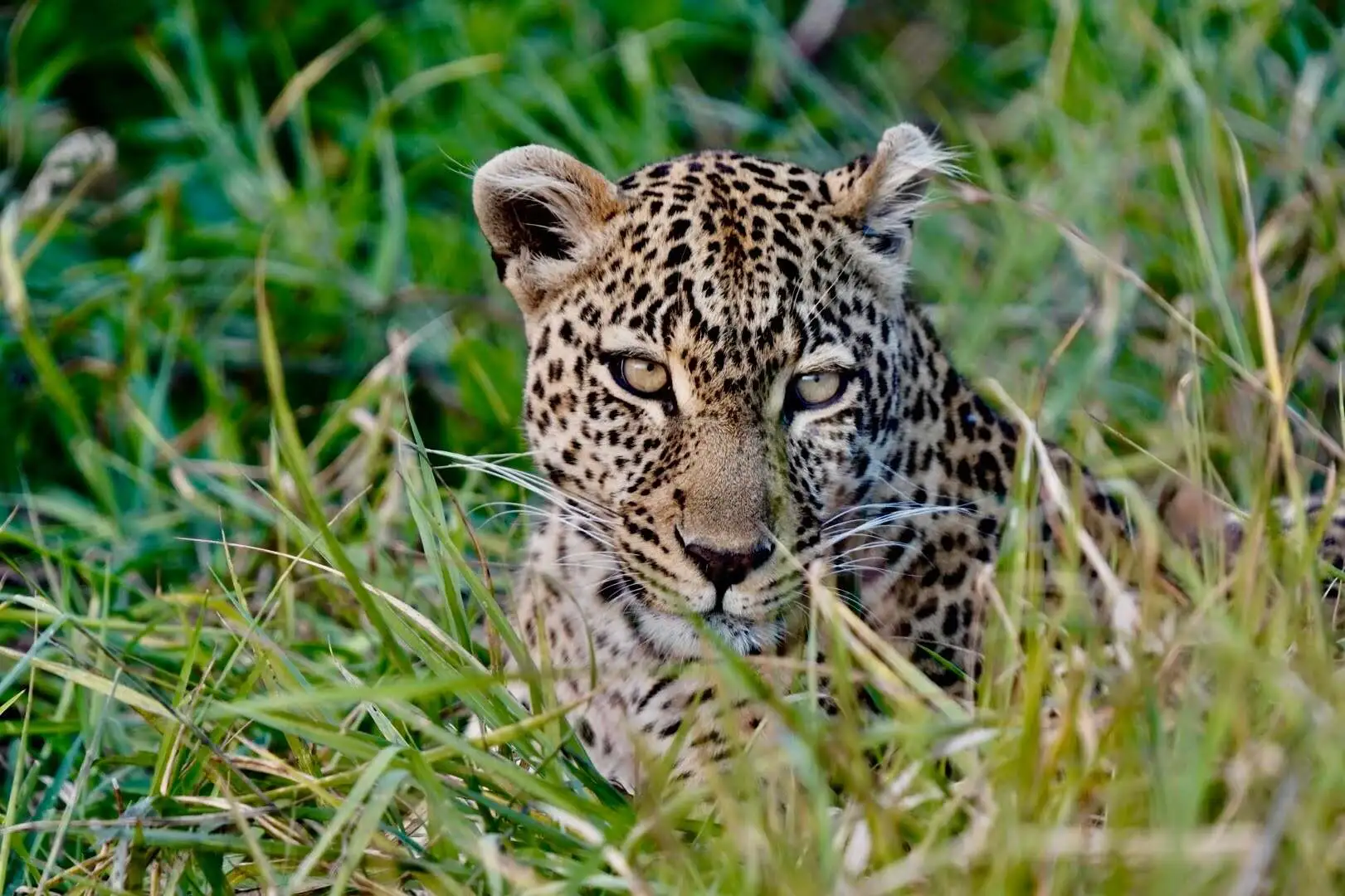
6. Serengeti National Park, Tanzania
Tanzania’s flagship park, particularly its central region around Seronera, offers consistent leopard sightings. The park’s kopjes and riverine forests provide perfect leopard habitat.
What makes it special: Exceptional kopje (rocky outcrop) habitat where leopards can often be spotted scanning the plains, plus the iconic Seronera Valley where leopards frequently drape themselves over sausage tree branches.
Population: Estimated 1,000+ leopards throughout the greater Serengeti ecosystem, with highest densities in central regions.
Conservation: The Serengeti Lion Project has expanded to include leopard monitoring. Tanzania National Parks (TANAPA) manages anti-poaching efforts throughout the protected area.
Best time to visit: Year-round in central Serengeti, with June-October best in northern areas.
Recommended Package: Serengeti Short Trip
7. Ruaha National Park, Tanzania
This lesser-known gem offers exceptional predator viewing with growing recognition for its leopard sightings. The park’s ancient baobabs and rocky outcrops create perfect leopard territory.
What makes it special: Lower tourism numbers mean more exclusive sightings, with leopards often seen hunting around the Great Ruaha River’s dry season waterholes.
Population: Unquantified but healthy population benefiting from the park’s remote location and limited human pressure.
Conservation: The Ruaha Carnivore Project works on predator conservation and reducing human-wildlife conflict in surrounding communities. Government focus on expanding tourism sustainably.
Best time to visit: June to November when the Great Ruaha River shrinks to pools, concentrating prey and predators.
8. Luambe National Park, Zambia
This tiny, remote park between the more famous North and South Luangwa offers exceptional leopard density with virtually no other visitors, providing the ultimate exclusive leopard viewing.
What makes it special: Extreme exclusivity with only one small camp in the entire park, meaning you’ll likely have every leopard sighting to yourself, including unique hunting behaviors rarely observed elsewhere.
Population: Surprisingly high density despite small size, estimated at 6-8 leopards per 100 km².
Conservation: Conservation Luambe partnership between the Zambian Department of National Parks and Conservation Lower Zambezi focuses on anti-poaching and habitat protection in this previously neglected area.
Best time to visit: July to October when the Luangwa River recedes and game concentrates along its banks.
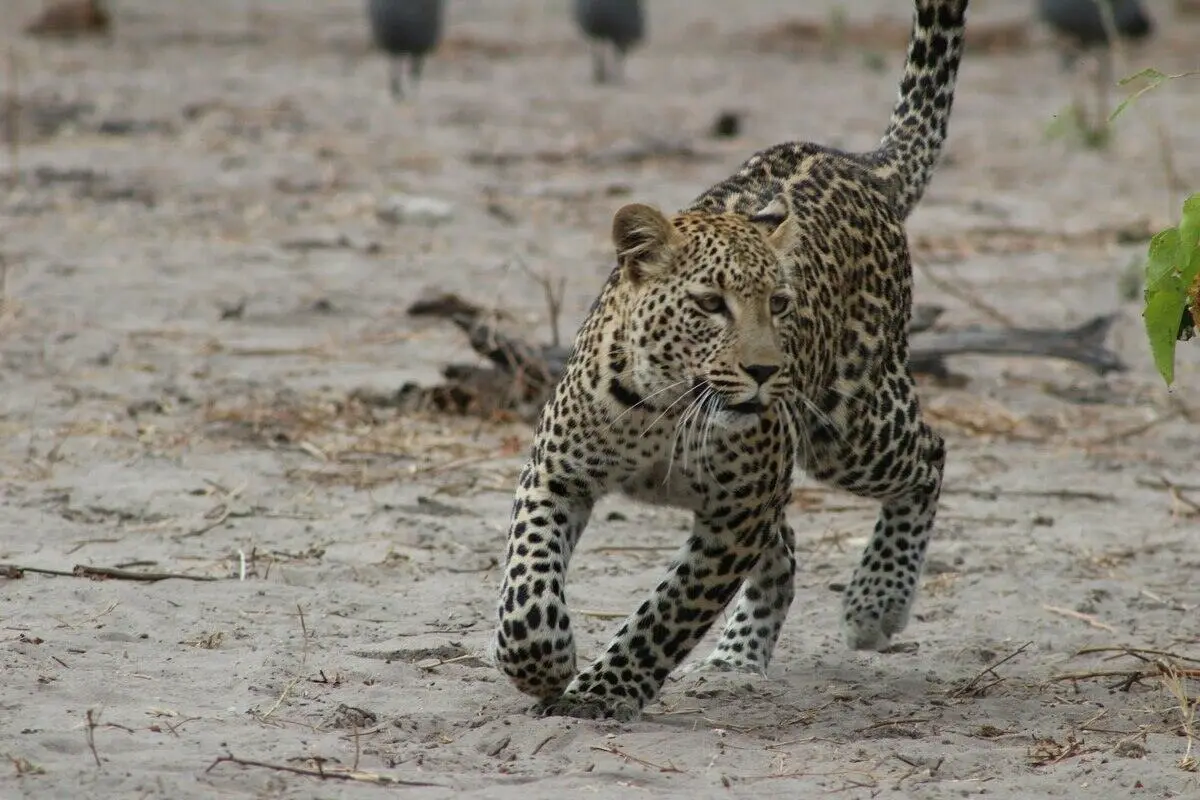
9. Okonjima Nature Reserve, Namibia
Home to the AfriCat Foundation, Okonjima offers a different leopard viewing experience. While some monitored leopards wear research collars, they hunt naturally and live wild lives within the reserve.
What makes it special: Unique combination of research facility and safari destination, with expert guides who understand individual leopards’ territories and behaviors, significantly increasing sighting probability.
Population: Approximately 30-40 leopards in the reserve, with several individuals monitored for research.
Conservation: The AfriCat Foundation conducts world-renowned leopard research and rehabilitation programs. Their environmental education program reaches thousands of Namibian schoolchildren annually.
Best time to visit: Year-round, with slightly better visibility May to October during dry season.
10. Phinda Private Game Reserve, South Africa
This KwaZulu-Natal reserve features seven distinct habitats, from woodland to grassland, supporting a healthy leopard population that’s become increasingly viewable over years of protection.
What makes it special: Diverse habitats mean varied leopard behavior, from traditional tree-lounging to unusual ground hunting techniques in open areas.
Population: Approximately 25-30 adult leopards throughout the reserve’s various habitats.
Conservation: &Beyond’s conservation team monitors leopard populations. Their Munyawana Leopard Project tracks individuals across the landscape, with findings helping broader conservation efforts.
Best time to visit: May to September offers best visibility, though leopards are viewable year-round.
Maximizing Your Chances of Leopard Sightings
Book longer stays at leopard hotspots rather than rushing between destinations. It often takes 3-4 days in prime habitat to get quality sightings. Choose accommodations with experienced guides who track leopards daily and communicate with other vehicles.
Morning and evening game drives offer best viewing opportunities. Listen for alarm calls from monkeys, impala, and birds – often the first indication a leopard is moving through the area.
Africa’s leopards remain one of the ultimate safari prizes – elusive, beautiful, and unforgettable. While sightings can never be guaranteed, choosing the right destination dramatically improves your chances of quality encounters with these magnificent cats. The moment when you finally spot that distinctive spotted coat moving through dappled light or lounging on a tree branch makes all the searching worthwhile.
Ready to plan your leopard safari adventure? Contact our specialist team who can craft the perfect itinerary to maximize your chances of encountering Africa’s most elusive big cat.


